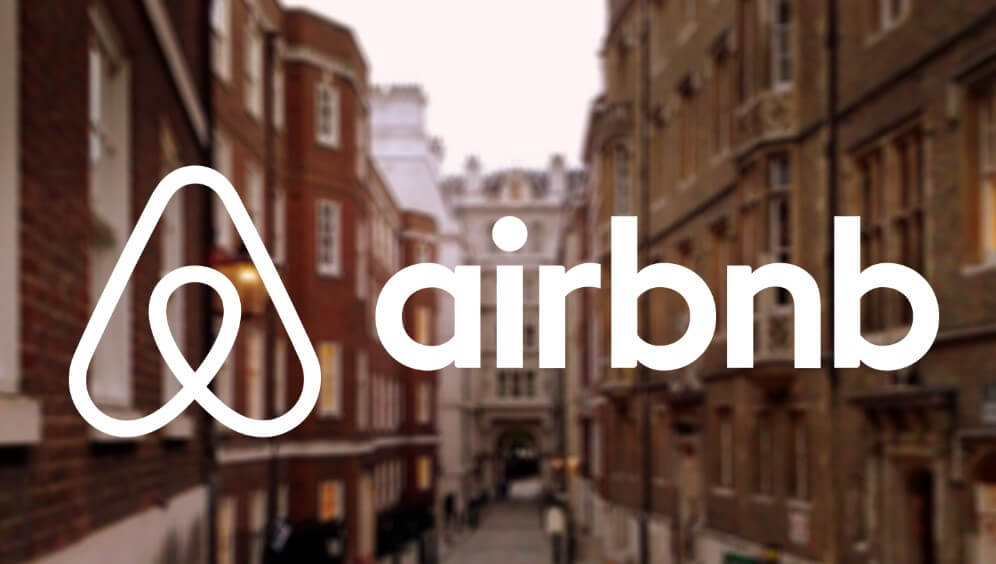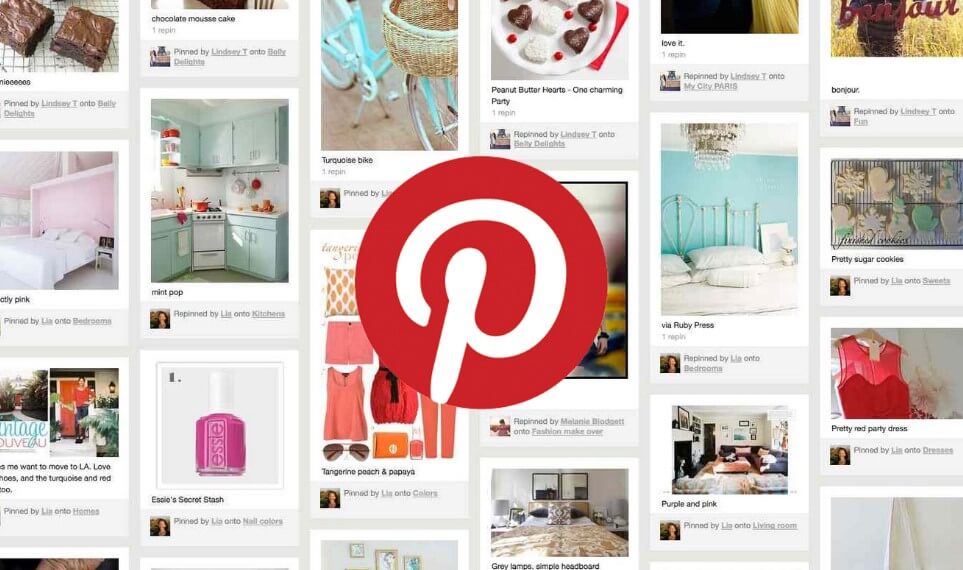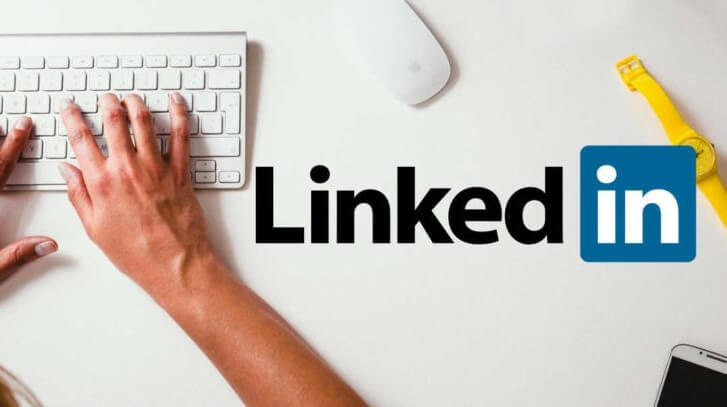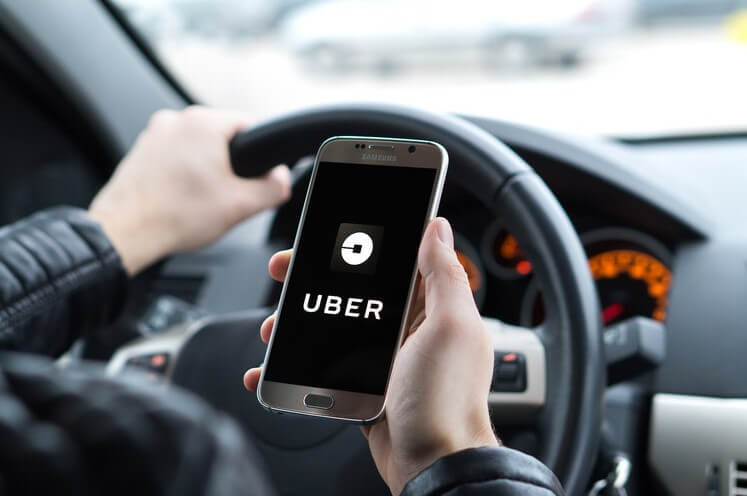Successful Start-up Stories
The stories behind the start-up of some of the world’s most famous businesses can be quite surprising. They were not all successful from day one, and some faced many challenges to become market leaders, beginning by selling products that bear no relation to what they are famous for today. Here are some of their stories.
Airbnb
 This story begins in 2007 when designers Brian Chesky and Joe Gebbia, were struggling to pay their rent on their San Francisco apartment and were looking at ways to raise extra cash. They spotted an opportunity when they saw that a local Industrial Design conference in the city had booked out all the hotel rooms in the city. In response, they bought a few airbeds and created a site called “Air Bed and Breakfast” offering a place to sleep on the floor and breakfast in the morning.
This story begins in 2007 when designers Brian Chesky and Joe Gebbia, were struggling to pay their rent on their San Francisco apartment and were looking at ways to raise extra cash. They spotted an opportunity when they saw that a local Industrial Design conference in the city had booked out all the hotel rooms in the city. In response, they bought a few airbeds and created a site called “Air Bed and Breakfast” offering a place to sleep on the floor and breakfast in the morning.
They expected young people, but it was a 30-year-old Indian man, a 35-year-old woman from Boston and a 45-year-old father of four from Utah that slept on their floor that night, at USD80 each. Nathan Blecharczyk joined the team as the third co-founder soon after this and developed the website which launched the business again in August 2008, in time for the Democratic National Convention in Denver. As they had no money, and no investors since most thought the idea of Airbnb was dreadful, they made up cereal boxes of Obama O’s and Cap’n McCains for those attending the convention and made USD30,000 to invest in their original idea.
In January 2009, the three founders completed three months of training at Y Combinator which led to a turning point for the company. They met with their users in New York and took better pictures of the listings to improve take-up. By March 2009, almost two years after launching, Airbnb had 2,500 listings and almost 10,000 registered users and has since become a successful global company.
 This story begins in San Francisco and involves Kevin Systrom, a Stanford graduate who worked on Google’s Gmail and corporate development, and Mike Krieger who became the co-founder of Instagram. Systrom had been working on an app for about a year, which he called Burbn, which allowed people to check-in where they are on their mobile web app. After Systrom’s first meeting with investors to discuss Burbn, he raised USD500,000 and Krieger joined him and together they narrowed the focus of the app to be solely on images.
This story begins in San Francisco and involves Kevin Systrom, a Stanford graduate who worked on Google’s Gmail and corporate development, and Mike Krieger who became the co-founder of Instagram. Systrom had been working on an app for about a year, which he called Burbn, which allowed people to check-in where they are on their mobile web app. After Systrom’s first meeting with investors to discuss Burbn, he raised USD500,000 and Krieger joined him and together they narrowed the focus of the app to be solely on images.
The app was made in eight weeks, launching on 6 October 2010 and was successful from the very start, with 100,000 users in one week, and one million in two months. In 2012, Instagram was bought by Facebook for USD1 billion and now has over one billion active users, 500 million of whom are active daily.
 Ben Silbermann is the CEO and co-founder of Pinterest, which grew from 5,000 users in August 2010, rising to 17 million in 2012 and 250 million by September 2018. Silbermann moved from Des Moines to San Francisco where he got a job with Google, where he analyzed data and made product design recommendations, but Google refused to let him build products, so he left the company, a week before the 2008 economic crash, making investment almost impossible to find.
Ben Silbermann is the CEO and co-founder of Pinterest, which grew from 5,000 users in August 2010, rising to 17 million in 2012 and 250 million by September 2018. Silbermann moved from Des Moines to San Francisco where he got a job with Google, where he analyzed data and made product design recommendations, but Google refused to let him build products, so he left the company, a week before the 2008 economic crash, making investment almost impossible to find.
In 2009 Ben teamed up with a friend from college, Paul Sciarra and together they built Tote, a catalog on the phone. Eventually, an investor took an interest in the idea for people to show collections of things they were interested in, on an interactive pin-board format. Whilst in New York, Ben met Evan Sharp who became a co-founder of Pinterest, coming up with the grid layout. Ben personally wrote to the site’s first 7,000 users offering his personal phone number and meeting with some of its users. Soon people were starting to use Pinterest in ways the company hadn't expected, with people discovering beautiful things they didn't know they were looking for.
 In 2002, LinkedIn's founder Reid Hoffman recruited a team of old colleagues from SocialNet and PayPal to work on a new idea to create a business-oriented social network. By May 2003, Reid launched LinkedIn out of his living room, inviting 350 of his contacts to join his network and create their own profiles. While Human resource departments liked LinkedIn for making it possible to find new talent, they didn't want their own employees being visible to others, which led some companies banning their employees from using the site.
In 2002, LinkedIn's founder Reid Hoffman recruited a team of old colleagues from SocialNet and PayPal to work on a new idea to create a business-oriented social network. By May 2003, Reid launched LinkedIn out of his living room, inviting 350 of his contacts to join his network and create their own profiles. While Human resource departments liked LinkedIn for making it possible to find new talent, they didn't want their own employees being visible to others, which led some companies banning their employees from using the site.
Employees abided by the rules but used LinkedIn from home instead. Initially, business growth was slow, but within a year showed enough promise to attract investment from Sequoia Capital. In June 2016, Microsoft acquired LinkedIn for USD25 billion. By 2017 they had passed 500 million members, with numbers growing each year.
Uber
 In 2008, while attending Le Web conference in Paris, Travis Kalanick and Garrett Camp, who had both sold start-ups the previous year (Kalanick sold Red Swoosh to Akamai Technologies for USD19 million, and Camp sold StumbleUpon to eBay for USD75 million) were struggling to find a cab. They came up with the idea of a timeshare limo service that could be ordered via an app. Camp returned to San Francisco after the conference and bought the username UberCab and while still a CEO of StumbleUpon, began working on a prototype for UberCab as a side project. The service was tested in New York in early 2010 using only three cars, and the official launch took place in San Francisco in May.
In 2008, while attending Le Web conference in Paris, Travis Kalanick and Garrett Camp, who had both sold start-ups the previous year (Kalanick sold Red Swoosh to Akamai Technologies for USD19 million, and Camp sold StumbleUpon to eBay for USD75 million) were struggling to find a cab. They came up with the idea of a timeshare limo service that could be ordered via an app. Camp returned to San Francisco after the conference and bought the username UberCab and while still a CEO of StumbleUpon, began working on a prototype for UberCab as a side project. The service was tested in New York in early 2010 using only three cars, and the official launch took place in San Francisco in May.
In October of 2010, UberCab received a USD1.25 million investment from First Round Capital and changed its name to Uber. Over the next few years, the company has faced rounds of litigation from licensed taxi-cab firms and related to the employment rights of its drivers, which has led to the company reporting losses in recent years.

